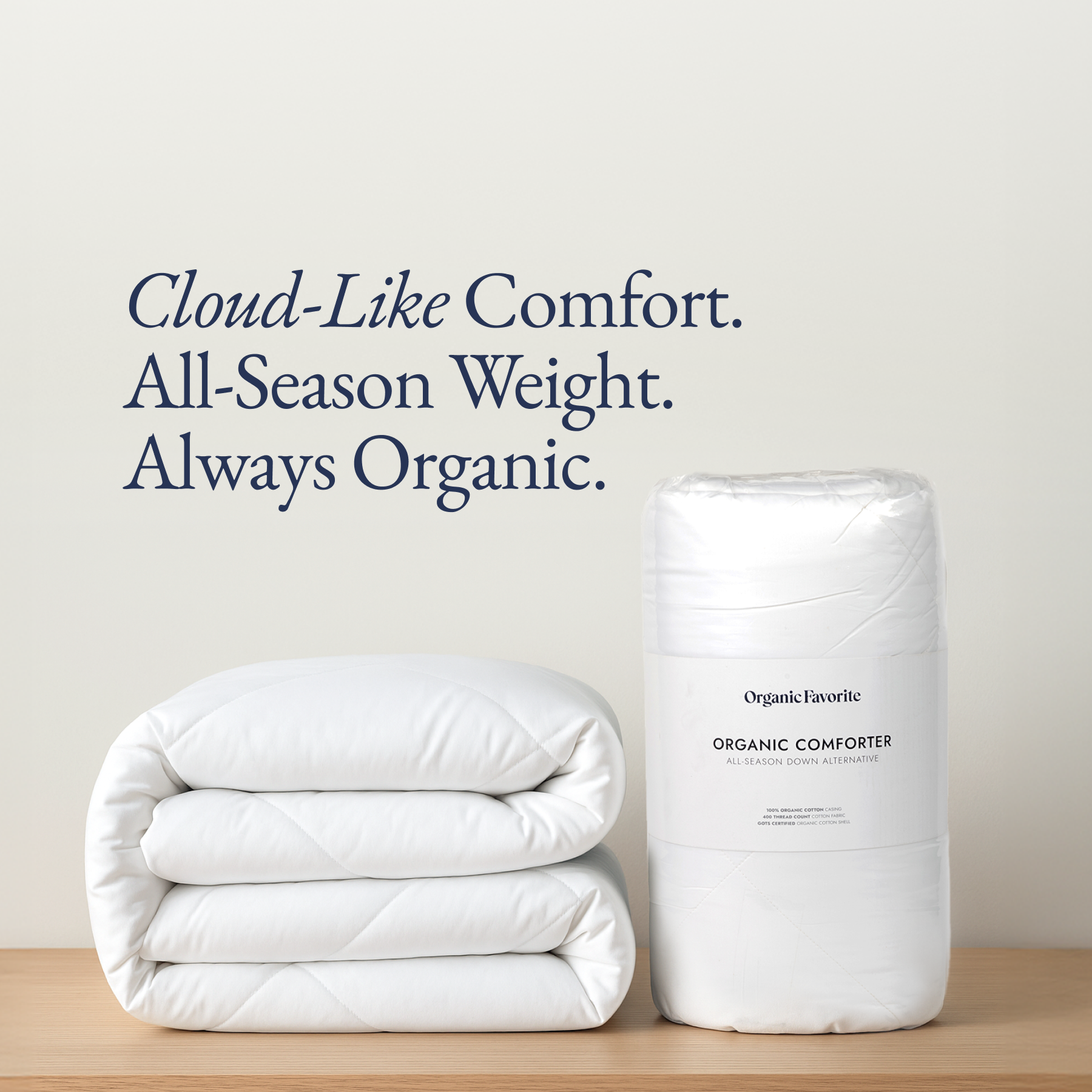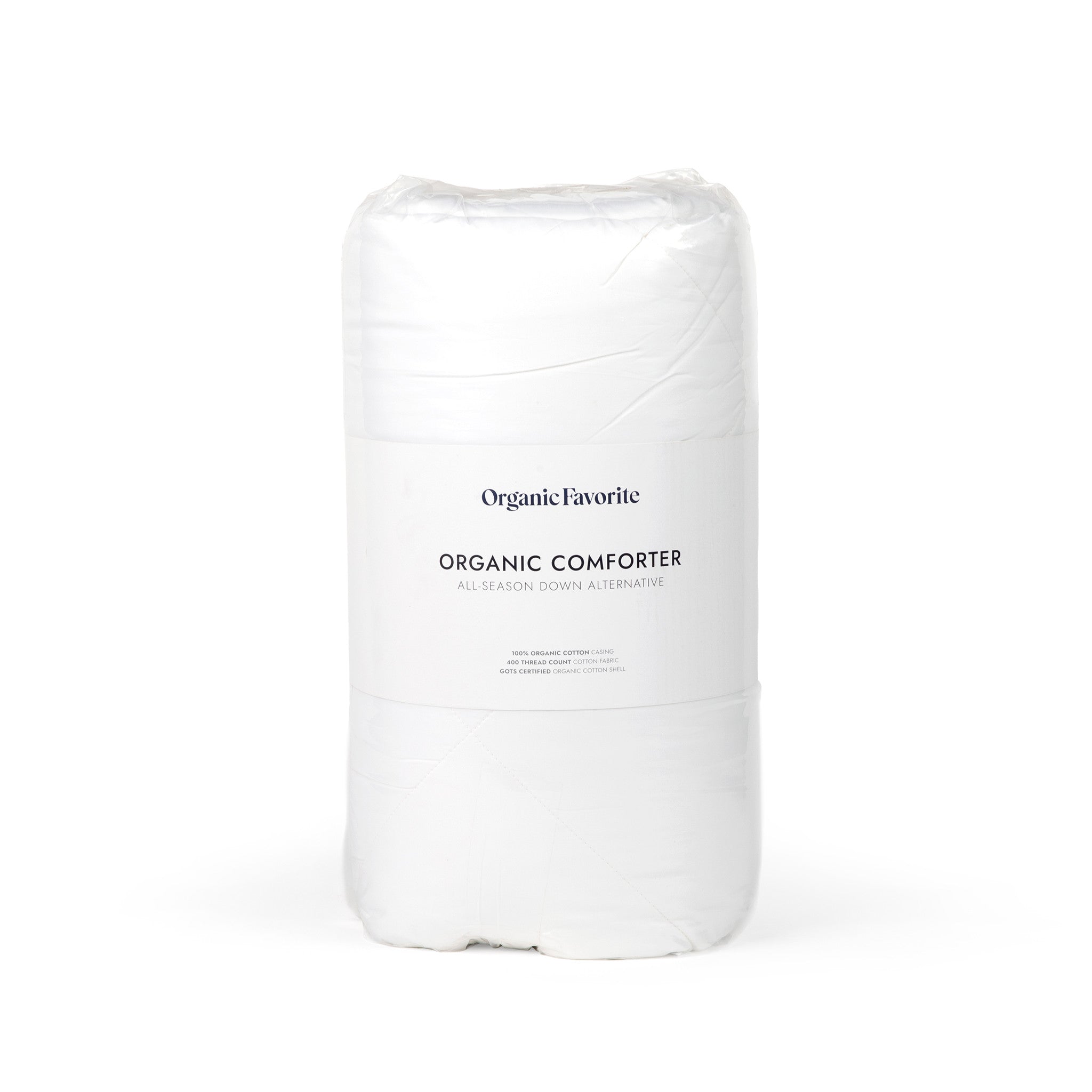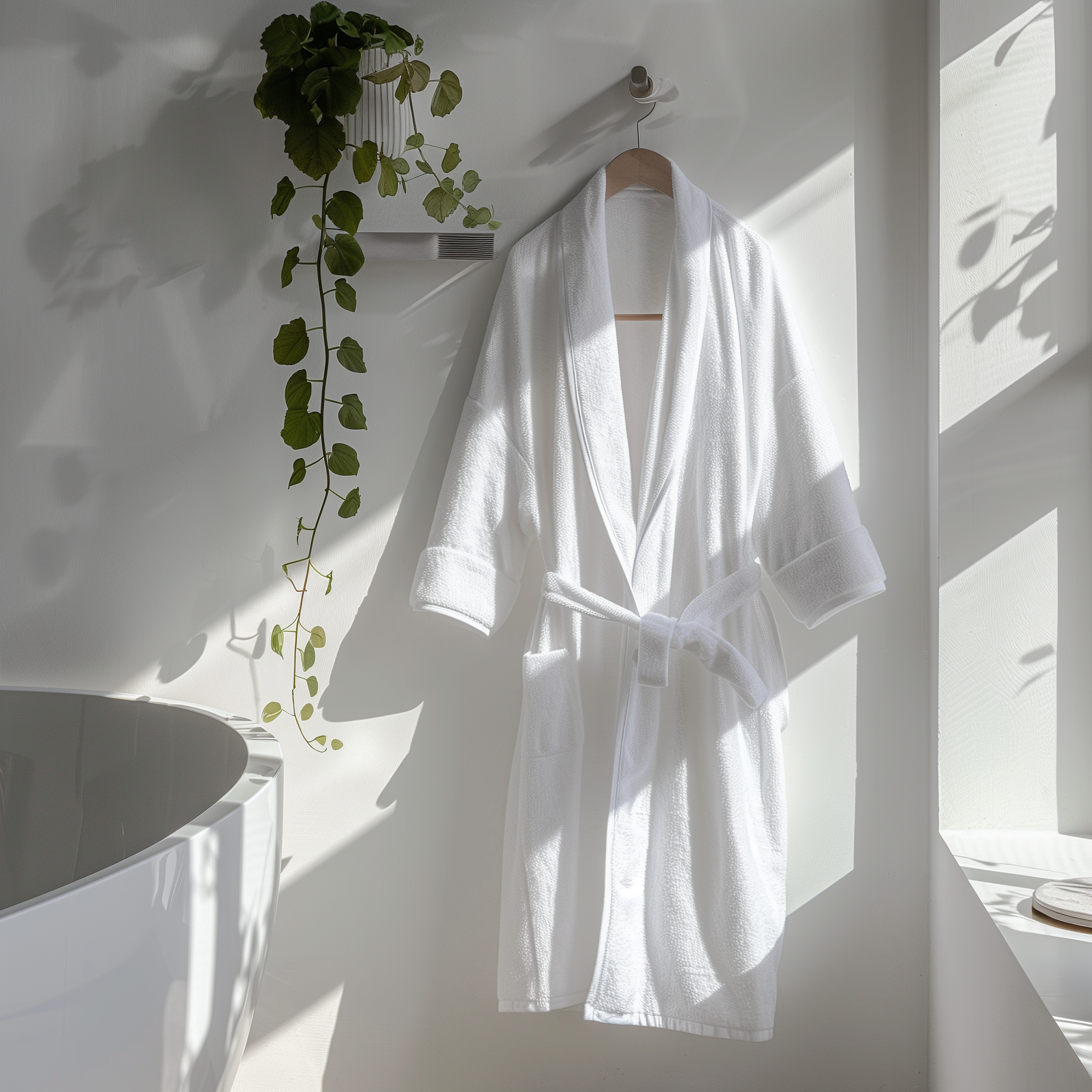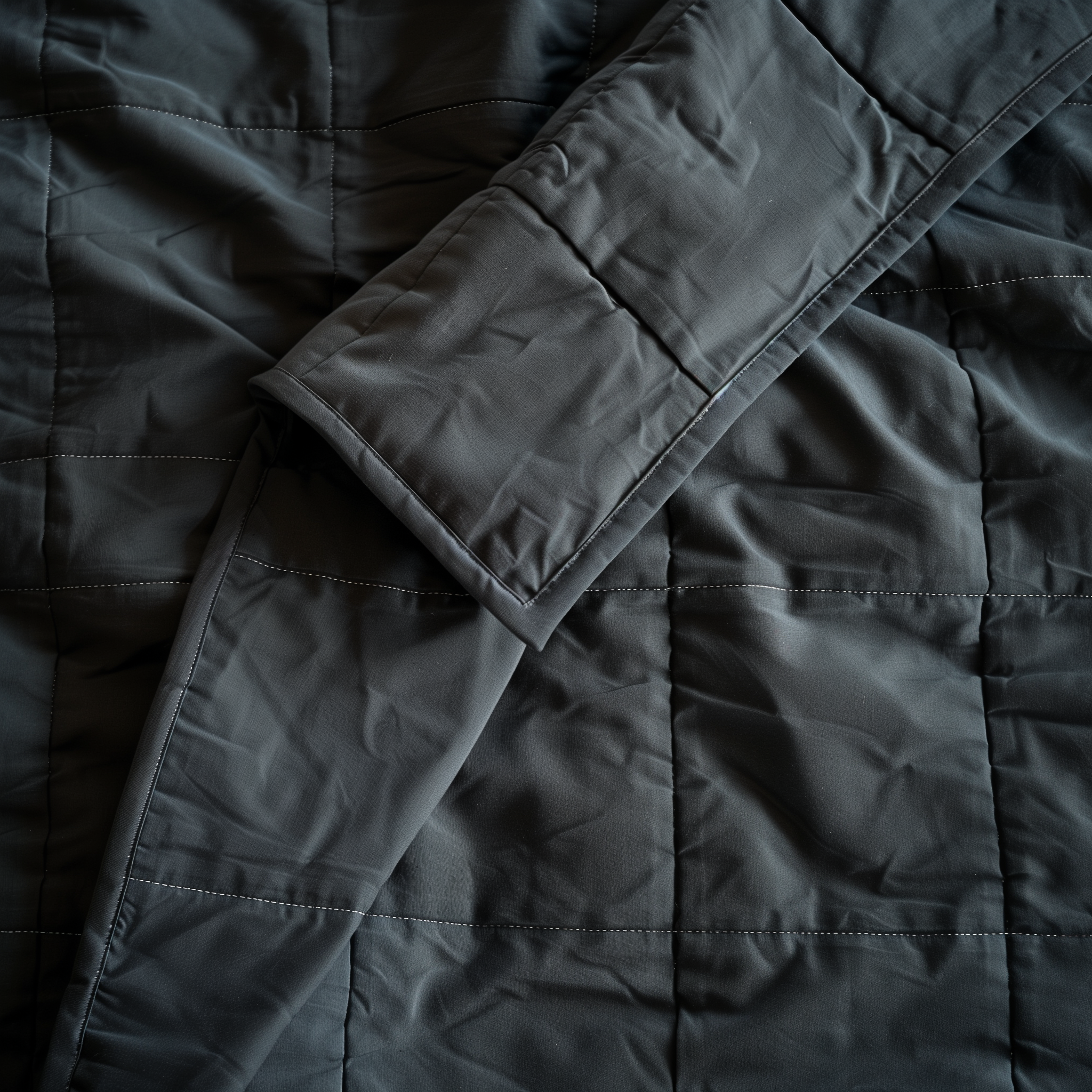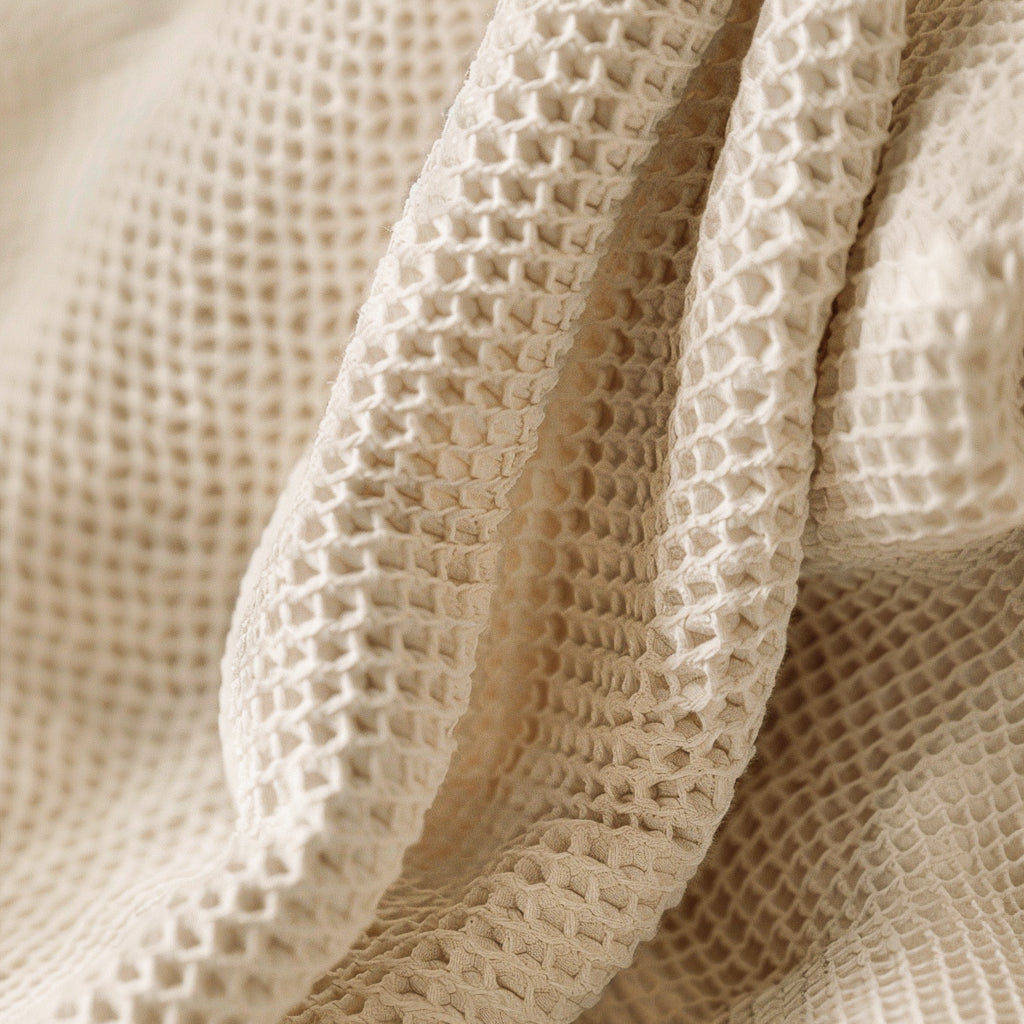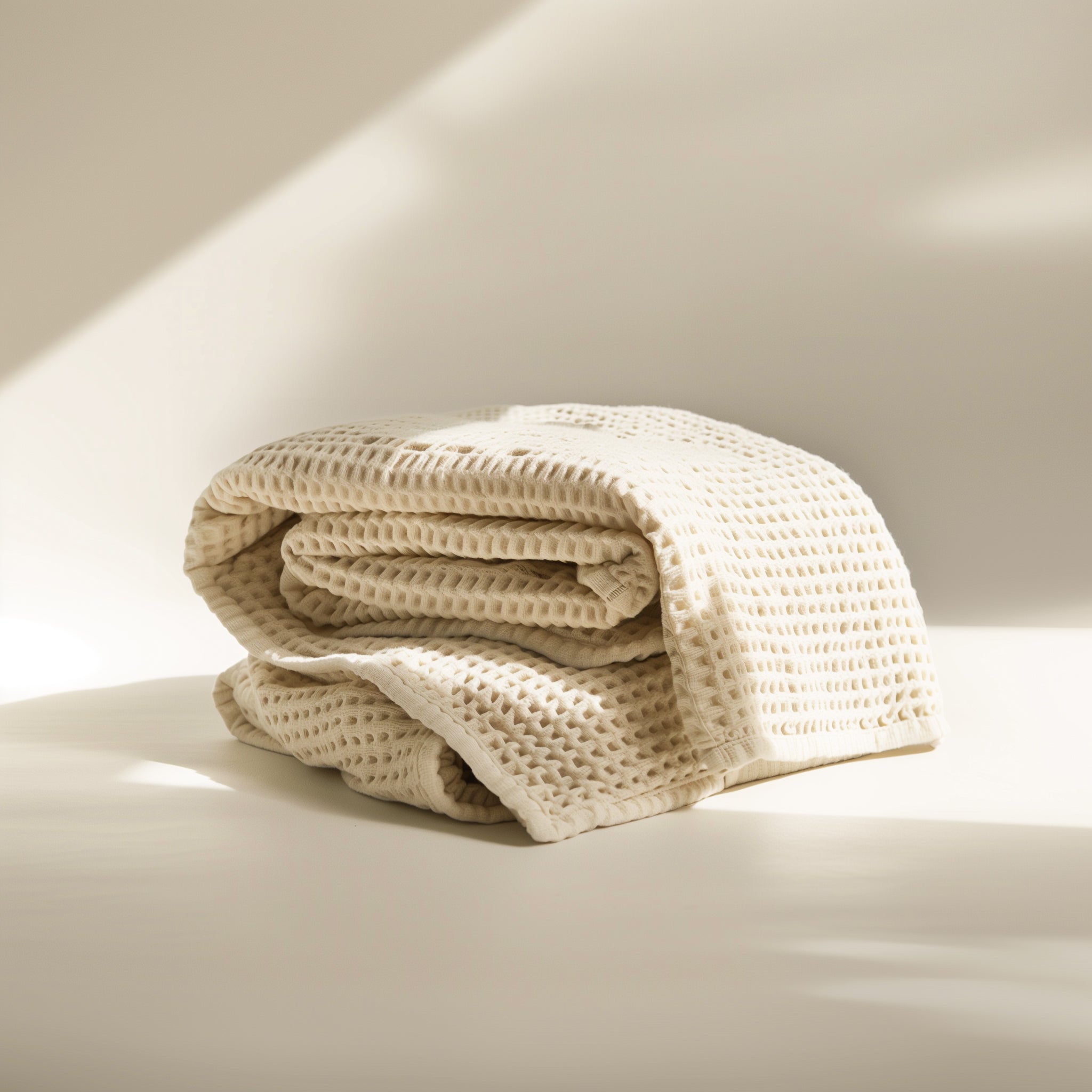What Makes a Fabric "Toxic"?
Have you ever stopped to consider what your clothes are really made of? Beyond the soft cotton or silky sheen, many popular fabrics contain hidden dangers—synthetic materials derived from plastic, harsh chemical dyes, and toxic finishes. These substances can potentially cause health issues and harm the environment.
The Hidden Dangers Lurking in Synthetic Fabrics
Many of us are familiar with synthetic fabrics like polyester, nylon, and acrylic. But did you know these materials are essentially types of plastic? Derived from non-renewable fossil fuels, synthetic fibers release microplastics every time we wash them, contributing to the pollution of our waterways and oceans.
Alarmingly, the production of synthetic textiles often involves dangerous solvents and reagents that can damage ecosystems and pose risks to factory workers' health. Even wearing synthetic clothes next to our skin may disrupt hormone function in some cases.
Understanding the Risks of Chemically-Treated Textiles
Conventional textile manufacturing utilizes a staggering array of chemical dyes, resins, coatings, and finishes to produce vibrant colors and modify fabric properties. While enabling stain resistance, water repellency, or wrinkle-free performance, many of these treatments contain toxic chemicals that can be absorbed through our skin.
Decoding Dyes and Finishes: What's Hiding in Our Clothes?
Many dyes used in textiles are toxic, carcinogenic and hazardous to human health and the environment. Chemicals like formaldehyde used in wrinkle-free and anti-cling treatments have been linked to increased risks of allergies, skin irritation, and even respiratory disease.
Even natural fibers like cotton are often far from pure. Cotton production uses more insecticides than any other single crop, which poisons farmers, contaminates soil and groundwater, and has devastating impacts on the environment.
With so many hidden threats lurking in the clothes we wear each day, it's clear we need to be more vigilant consumers—seeking safer, non-toxic fabric alternatives.
The Unseen Cost: Health and Environmental Impacts
While the idea of toxic fabrics may sound alarming, the unfortunate reality is that these hazardous substances are taking a heavy toll on both human health and the environment. From severe ailments caused by chemical exposure to the immense ecological damage of textile manufacturing, it's crucial we understand the true cost of our clothing choices.
From Skin Irritation to Serious Illness: The Health Risks of Toxic Fabrics
Many people experience unexplained skin rashes, eczema flare-ups, or respiratory issues that could stem from the toxic chemicals found in conventional fabrics. But the health impacts can be far more severe.
Research links dyes like azo dyes—commonly used in textiles—to an increased risk of reproductive disorders, genetic mutations, and even cancer. Formaldehyde, frequently used as a wrinkle-free finish, is a known carcinogen that can also trigger asthma attacks and allergic reactions.
Disturbingly, these dangers don't just affect consumers; they endanger textile workers and surrounding communities where untreated wastewater is released.
Among those working with these dyed textiles deal with well documented health concerns such as skin irritation, cancer, neurotoxicity and more.
Synthetic Pollution: How Our Clothing Choices Endanger the Planet
When we buy conventional clothing, we're contributing to immense environmental degradation, often without realizing it. The manufacturing of synthetic fabrics like polyester relies on non-renewable fossil fuels and releases greenhouse gases, further exacerbating climate change.
These synthetic materials shed microscopic plastic fibers every time they're washed, which ultimately make their way into our oceans—a phenomenon known as microplastic pollution. These microplastics then accumulate in the food chain, putting marine life at serious risk.
The Lasting Legacy: Understanding Textile Waste and Environmental Degradation
Tragically, the environmental toll doesn't end with manufacturing. Many popular textiles, dyes, and finishes are designed to be cheap and disposable, fueling our culture of overconsumption and fast fashion.
Once discarded, these materials linger in landfills for centuries, leaching toxins into soil and groundwater. Meanwhile, the excessive water consumption and toxic runoff from dyeing and finishing processes pollute our waterways and destroy ecosystems.
With each clothing purchase, we cast a vote for our planet's future. By choosing ethical, organic fabrics, we can collectively reduce our environmental footprint and demand a more sustainable textile industry.
An Organic Refuge: Safe & Sustainable Fabric Alternatives
Amidst concerns over toxic materials and environmental damage, it's natural to wonder—what fabrics can we trust? Fortunately, a growing selection of organic and ethically sourced textiles offer a safe haven for conscious consumers.
Let's explore some of the purest, most eco-friendly alternatives.
Organic Cotton & Natural Fibers
By far one of the safest choices available, certified organic cotton offers unparalleled softness without the burden of toxic pesticides, dyes, or finishes. Grown using sustainable farming methods that limit environmental impact, organic cotton is free from the harsh chemicals that can irritate skin and disrupt hormones.
Beyond cotton, a world of natural plant-based fibers like linen, hemp, and bamboo provide breathable comfort while minimizing your wardrobe's carbon footprint. These fibers are biodegradable and often require fewer resources to produce compared to conventional fabrics.
Beyond Organic: Exploring Ethical Textiles for a Greener Wardrobe
As more brands recognize consumer demand for transparency, new textile innovations continue to emerge. Recycled polyester crafted from plastic bottles diverts waste from landfills. TENCEL™ modal and lyocell are two examples of eco-friendly semi-synthetic materials derived from renewable wood pulp.
What truly sets apart these eco-textiles is their commitment to ethical manufacturing—from fair labor practices to water recycling systems that limit pollution. By choosing responsibly made organic fabrics, you're voting for a cleaner environment and better quality of life for all.
Conscious Consumption: Factors to Consider When Choosing Safer Fabrics
Of course, not all eco-friendly fabrics are created equal. When evaluating safer textile options, be sure to look for third-party certifications that validate organic materials and responsible production methods.
Factors like breathability, durability, and antimicrobial properties may also play into which fabrics best meet your needs. And while organic bedding, clothing, and personal care items are a smart start, don't forget about household textiles like curtains, upholstery, and towels which often harbor toxic finishes.
At the end of the day, any switch toward ethical, organic fabrics—even gradually—is a step in the right direction for your health and the planet. Small but consistent changes add up over time, bringing us closer to a world of purer, cleaner textiles.
Finding Trust Through Transparency
In an industry rife with greenwashing and false eco-promises, transparency is key for conscious consumers seeking genuinely non-toxic, environmentally friendly fabrics. From decoding certifications to brands committed to radical supply chain transparency, here's how to navigate this complex landscape with confidence.
Deciphering Certifications: Your Guide to Authentic Organic and Non-Toxic Labels
With so many buzzwords being tossed around, authentic third-party certifications are your greatest allies in identifying truly organic, non-toxic textiles. Here are a few key labels to look for:
-
GOTS (Global Organic Textile Standard) - Considered the gold standard, GOTS certification ensures strict organic production and processing from farm to finished fabric, prohibiting toxic inputs.
-
OEKO-TEX® Standard 100 - This tests for harmful substances and certifies fabrics are free from over 100 banned or regulated chemicals, dyes, pesticides, and more down to safe limits.
-
GREENGUARD Gold - Products meeting this standard are screened for over 10,000 volatile organic compounds (VOCs) and other emissions, ensuring cleaner indoor air quality.
-
Fair Trade Certified™ - In addition to environmental sustainability, this ethical seal verifies textile workers received fair wages and rights through every part of the supply chain.
While no system is perfect, looking for reputable third-party certifiers helps you purchase organic textiles with greater confidence in their purity and origins.
Inside Organic Favorite: Our Commitment to Purity & Responsible Sourcing
At Organic Favorite, we believe deeply in connecting you with truly organic home essentials—without compromise. That's why we partner exclusively with manufacturers who meet the stringent GOTS (Global Organic Textile Standard) criteria for growing, processing, and dyeing organic cotton.
Beyond sourcing premium GOTS-certified cotton, our products like the Organic Cotton Comforter use OEKO-TEX® Standard 100 certified dyes to eliminate harmful chemicals, with strict limits on any residual traces.
We're committed to full transparency about where and how our products are made, down to each component like the synthetic down fill. Our informed customers can feel confident their purchases are contributing to a cleaner, more ethical future. In our eyes, that's a luxury worth treasuring.
Spotlight: The Organic Cotton Comforter - Luxury Meets Sustainability
When you curl up under our Organic Cotton Comforter, you're not just experiencing next-level softness and warmth—you're cozying up with peace of mind. This premium bedding combines an ultra-plush 400-thread-count GOTS-certified organic cotton shell with a hypoallergenic synthetic down fill for effortless care.
Many customers report improved sleep quality thanks to the natural breathability of organic cotton and temperature regulation of the premium down alternative. Yet the true luxury lies in the comforter's clean purity—free from the chemical residues, dyes, and finishes that can irritate sensitive skin and lungs.
By choosing bedding made with organic cotton, you're casting a vote for a healthier night's sleep and a cleaner tomorrow.
The Future Is Organic
At Organic Favorite, we've made it our mission to elevate organic living from an elite luxury to an accessible reality for all. Through responsibly crafted home essentials and an engaged community, we're working to create lasting change—for your loved ones, your home environment, and the wider world.
By joining us in demanding and celebrating safer, cleaner textiles, you're no longer just an individual striving for better. You're part of an organic movement reshaping the narrative around non-toxic manufacturing, from the farms where raw fibers are grown to the factories where products are assembled.
Together, our consumer voices have the power to transform "What's in my clothes?" from a concerning mystery into a story of ethical production methods, premium organic materials, and unwavering commitment to a healthier planet. The future is what we make it—one organic bedroom at a time.


